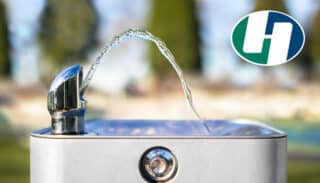Blog/News
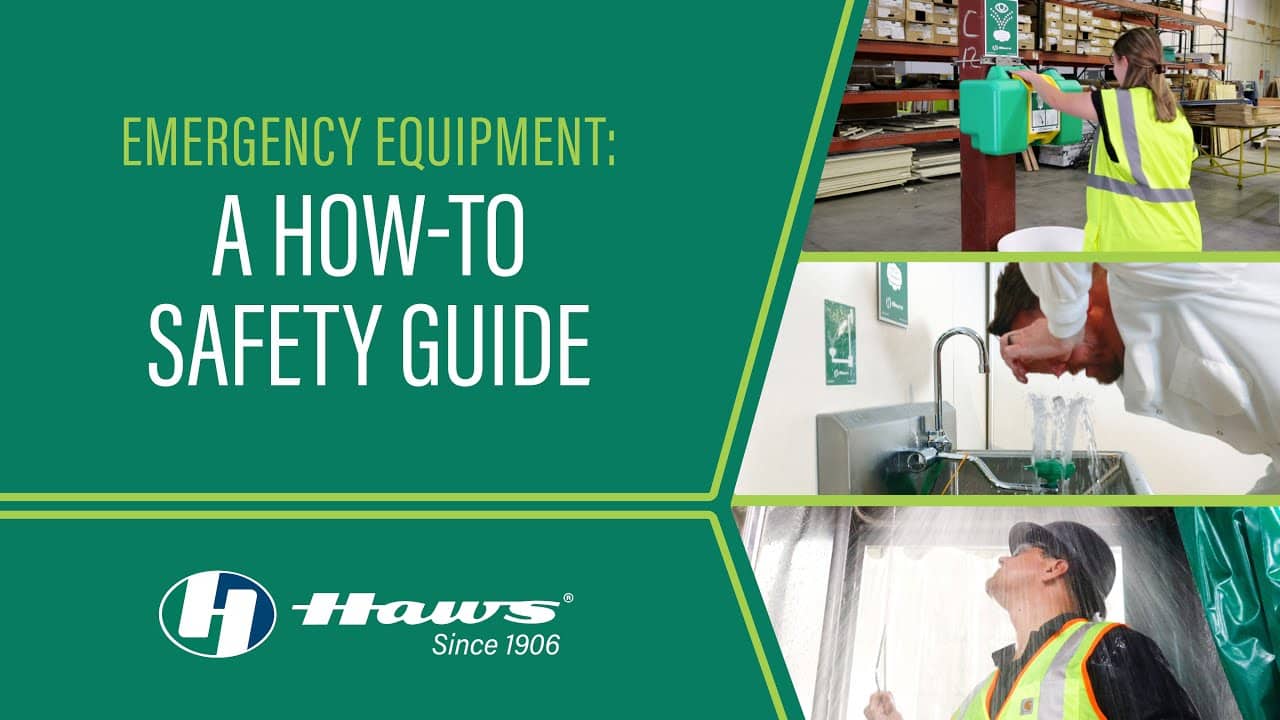
Video: Choosing the Right Emergency Eyewash or Shower: 5 Essential Steps
https://youtu.be/vnxaC1QMqEY Video Segment Step 1: Understanding the Basics Boost your preparedness for emergencies with this introductory video. Learn essential details about eyewashes, eye/face washes, and combination units from industry expert Justin Dunn, Sr. Field Marketing Specialist at Haws®. Discover how to select the right equipment based on SDS specifications and understand step-by-step first aid after […]
Learn More
Water Bottle Filling Stations are Fighting the Microplastic Epidemic. Here’s what we know.
Microplastics in Plastic Bottles Less than a month into the New Year, researchers at Columbia University and Rutgers University issued findings on the distressing micro and nano-plastics found in plastic water bottles. The study revealed a staggering average of 240,000 microplastics in everyday liters of water. Researchers took five separate samples looking at three […]
Learn More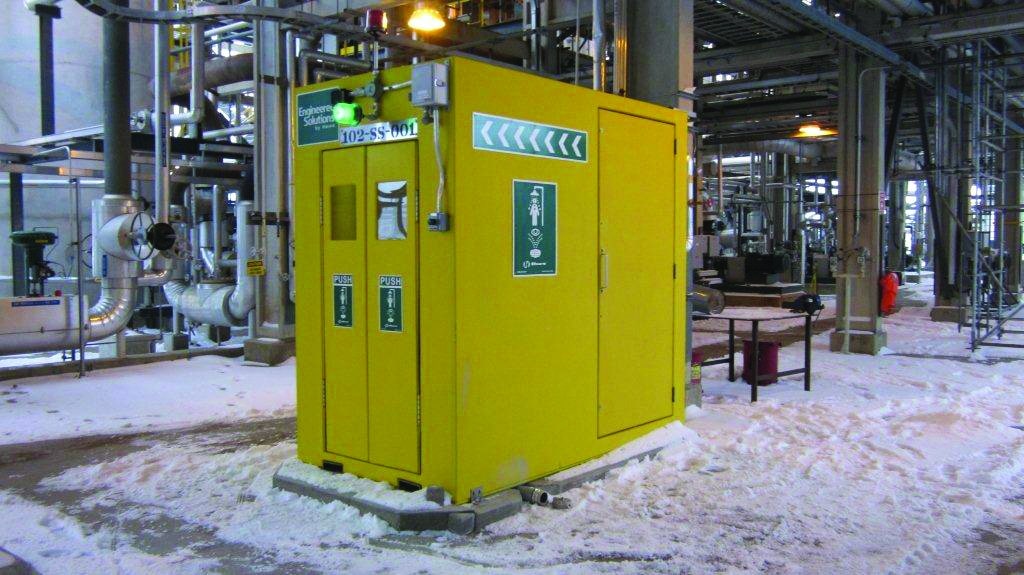
ANSI Z358.1 | Safety
How To Protect Your Workers From Hypothermia
EMERGENCY RESPONSE BEST PRACTICES :: PROTECTION AGAINST HYPOTHERMIA Low ambient temperature and wind chill may simply be part of the job in cold climates, but they can have a lethal effect on exposed skin – particularly when combined with hazardous conditions where safety showers are required. This problematic combination creates a scenario for an ineffective and injurious emergency […]
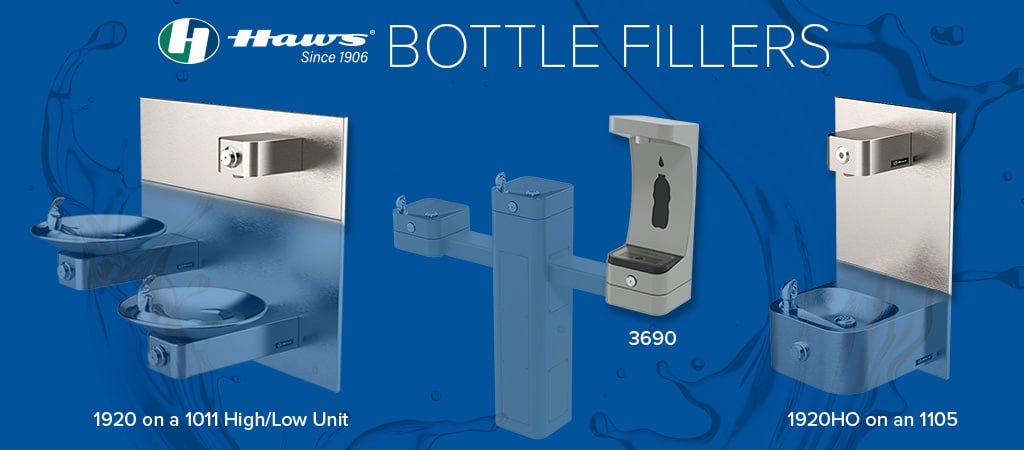
Hydration
Reduce Plastic Waste by Adding a Bottle Filler to a Drinking Fountain
Every day, Americans collectively consume a staggering 50 million plastic water bottles. What’s even more concerning is that it takes over 17 million barrels of oil to produce these plastic bottles, as most plastics are derived from petroleum. To put this into perspective, that’s enough energy to fuel more than a million cars and power […]
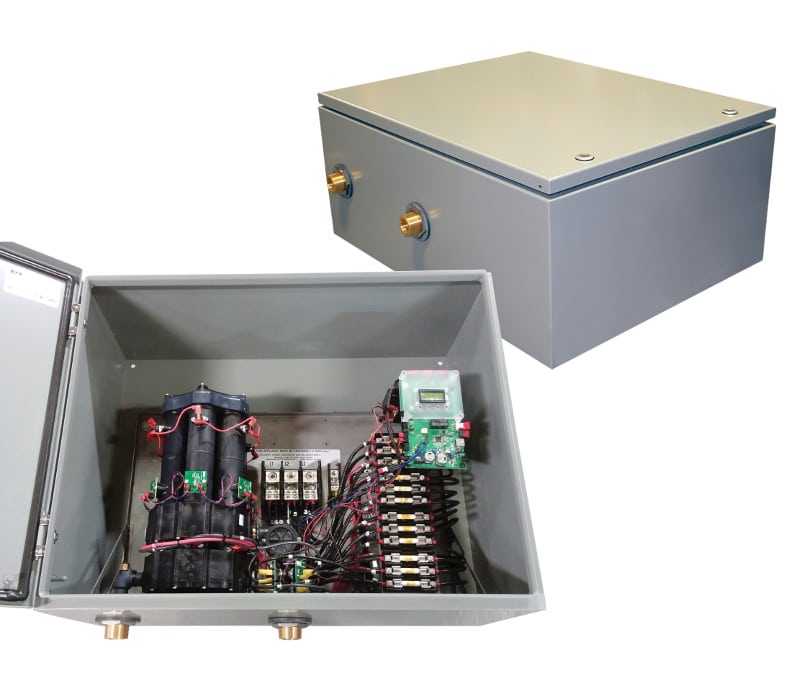
Safety
Blog Repost: Facility managers should upgrade to tankless water heaters
Repost: Eemax As a facility manager, your job is two-fold. Everything in your buildings has to be maintained and running smoothly, and you need to keep the cost to do so as low as possible. With that in mind, an electric tankless water heater fits perfectly into your plans. Outdated practices Before looking to the […]
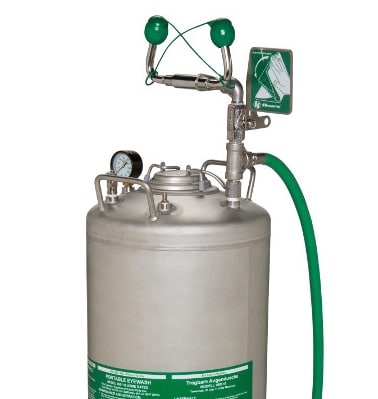
Safety
New Product: Need a eyewash but have no water?
NEW PRODUCT RELEASE Model 7601.15 is a 15-gallon, air-pressurized, self-contained eyewash with an ASME rated tank with optional drench hose. Model 7601.15 is an ideal solution for a facility’s ANSI eyewash requirements in locations without access to a continuous potable water source and where an ASME tank is required. More specifically, Model 7601.15 is able to […]
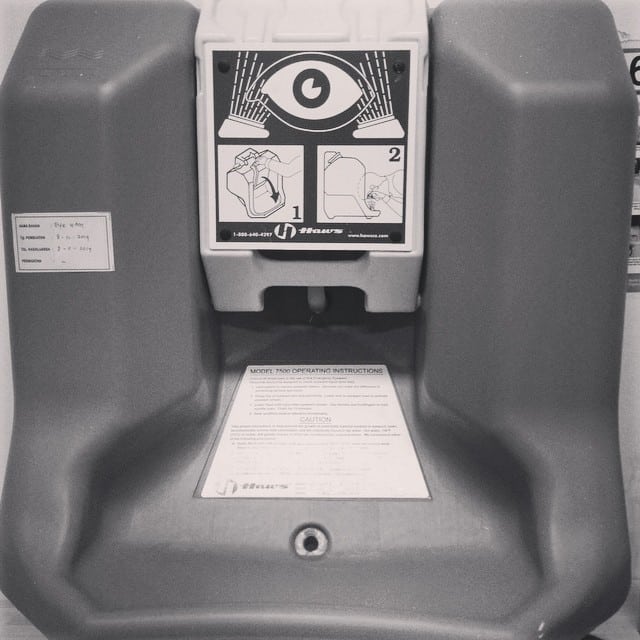
ANSI Z358.1
These 5 Emergency Equipment FAQ’s Can Keep You Out of Trouble
1. How do you determine if you need a safety shower versus just an eye/face wash? It depends on what the potential hazard is. We advocate that an eye/face wash should be the requirement over an eyewash as it is rare for a chemical to only splash into your eyes and not on your face […]
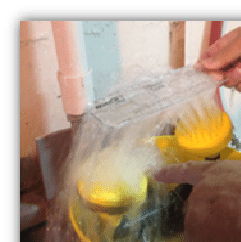
ANSI Z358.1
REPOST: Trends in Emergency Eyewashes/Showers
Repost from Safety & Health article by Tracy Haas Equipment reliability is imperative Unlike personal protective equipment such as hard hats and steel-toe boots, emergency eyewashes and showers are not meant to be used every day. Ideally, a worker will never need one. But should an incident such as a chemical splash occur, it’s vital that […]
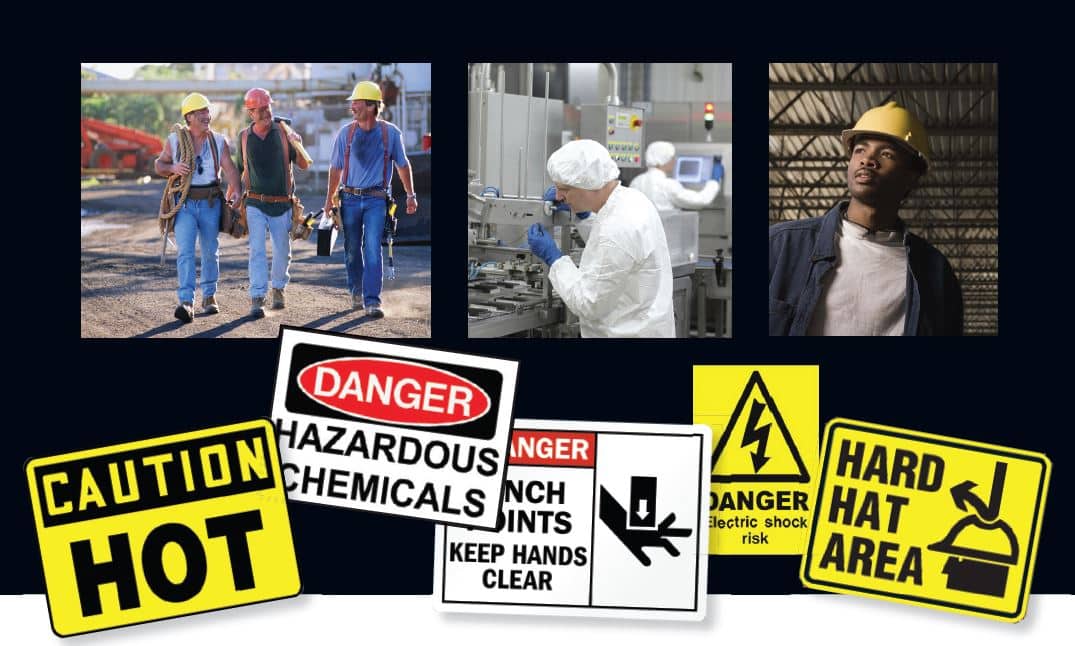
ANSI Z358.1
Increase In OSHA Fines Now in Effect
For the first time in twenty-five years, OSHA penalties are increasing – and significantly. A federal act passed in 1990 exempted OSHA from increasing fines to account for inflation, but the new budget signed into law on November 2, 2015, includes an amendment striking that exemption.¹ The “Catch-Up Adjustment,” based on the percentage difference between October 1990 and […]
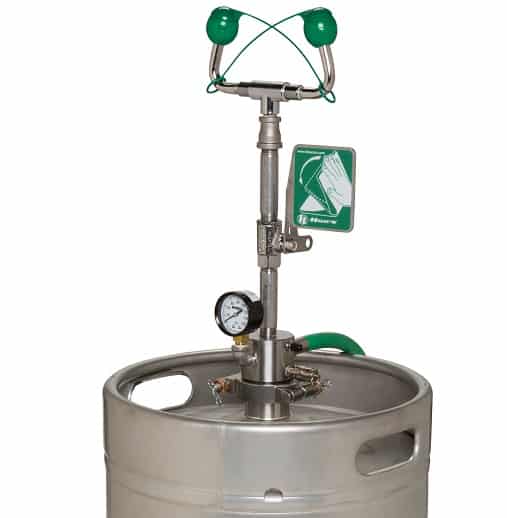
Safety
Just Released: Keg-Style, Air-Charged, Portable Eyewash by Haws
Introducing the new Haws Model 7603! Haws model 7603 is a 15-gallon, self-contained portable eyewash and is an ideal, cost-efficient solution for a facility’s ANSI eyewash requirements in locations without access to a continuous potable water source. The unit provide approximately 10 usable gallons (37.9 liters) of water for effective rinsing of the eyes, face or […]

ANSI Z358.1 | Safety
Pulp and Paper Mill Upgrades it’s Emergency Equipment
One of the leading manufacturers of corrugated and consumer packaging in North America is committed to exceeding expectations for both its customers and its more than 15,000 employees throughout all facets of the organization. When a new site safety manager joined the organization, he suspected there were issues with the plant’s emergency response equipment, particularly […]
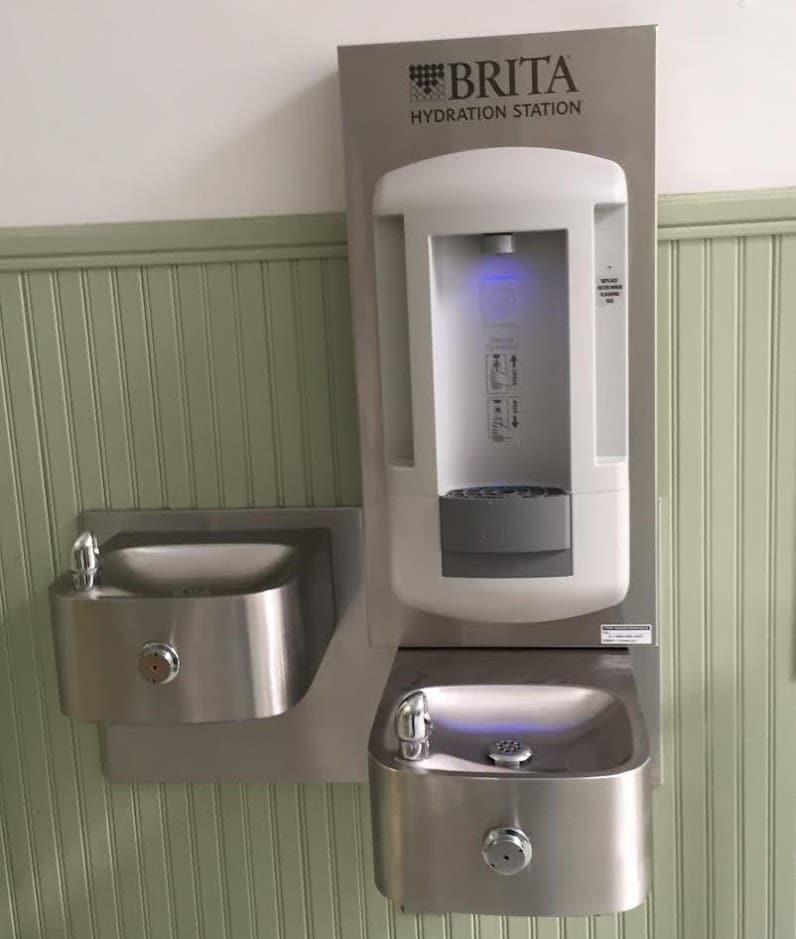
Hydration
Units in Action: Mission Readiness Donates Hydration Stations®
Four donated Brita® Hydration Stations® were recently installed at College of the Desert in Palm Desert, CA with the support of Mission: Readiness – Military Leaders For Kids and Regional Access Project Foundation. College of the Desert serves over 10,000 students and, as one of 112 community colleges in California, represents a vital part of […]
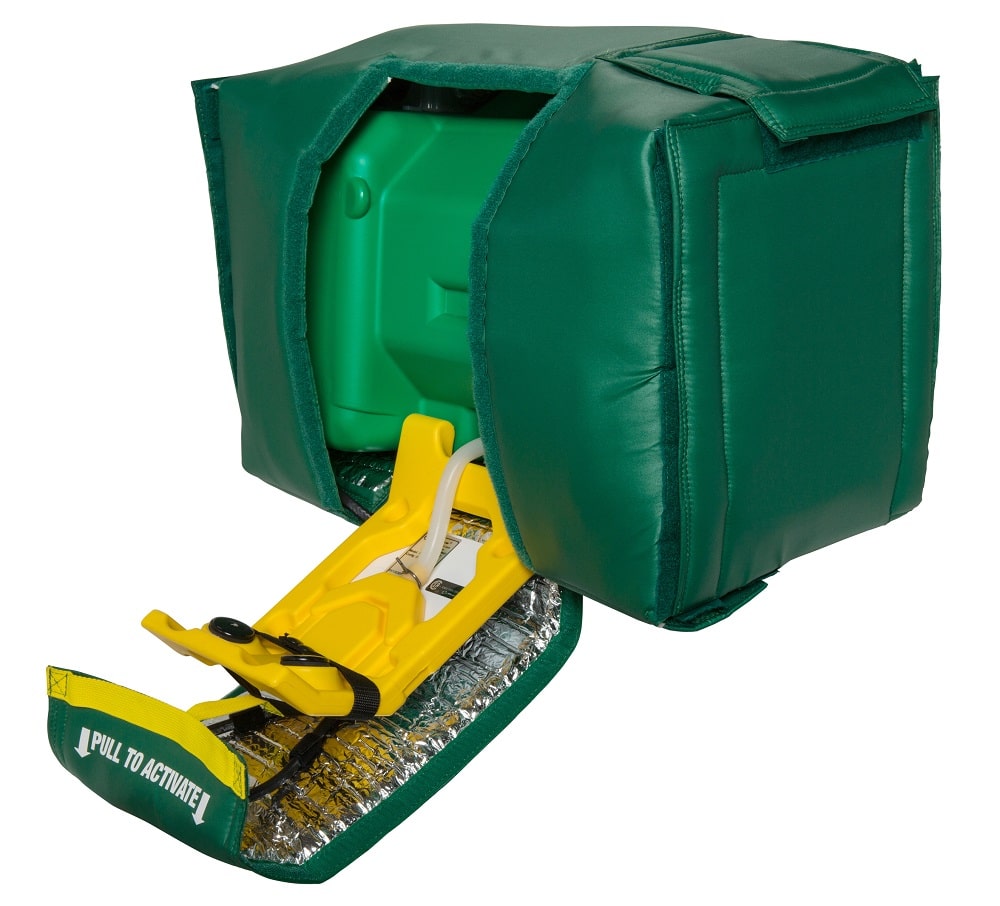
Safety
New Product Spotlight: The ONLY Tempered Portable Eyewash
Model 7501T is the only Tempered Portable Eyewash available on the market! This compact 9-gallon (34 L), gravity-fed, tempered eyewash uses a heated, insulated blanket (Model 7501BL) to provide ANSI complaint tempered water in ambient operating temperatures from -30°F (-34° C) to 100°F (38°C). Model 7501T is ideal for locations without access to a continuous […]
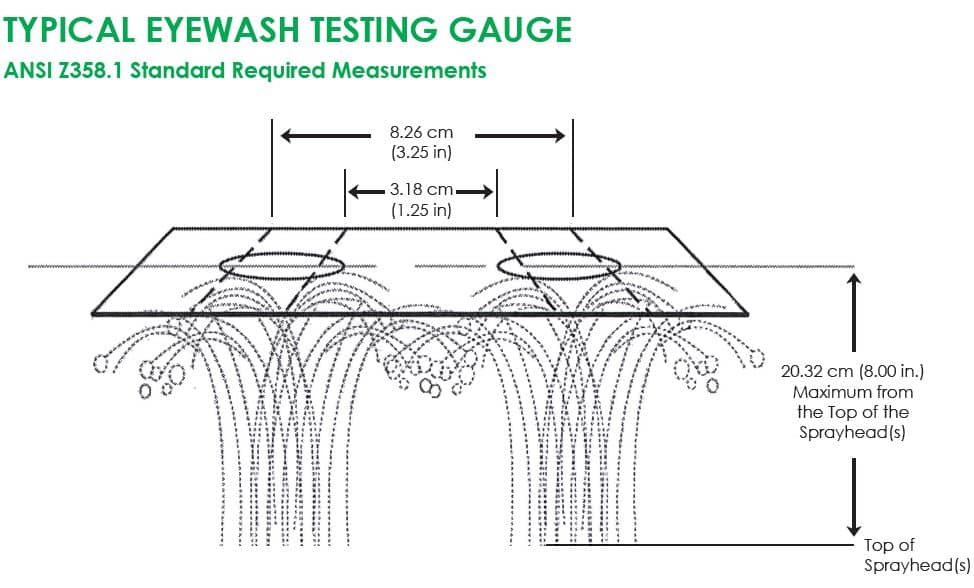
ANSI Z358.1
How to Use an Eyewash Testing Gauge
Eyewash testing gauges are an important tool when testing eyewashes and eye/face washes for ANSI Z358.1 compliance. Make sure you are utilizing it correctly with this quick guide. HOW TO USE AN EYEWASH GAUGE To determine a suitable eyewash pattern, the eyewash testing gauge should be a minimum of 4 inches in length with two sets […]



